2023 Roundup
Submitting to yearly trends.
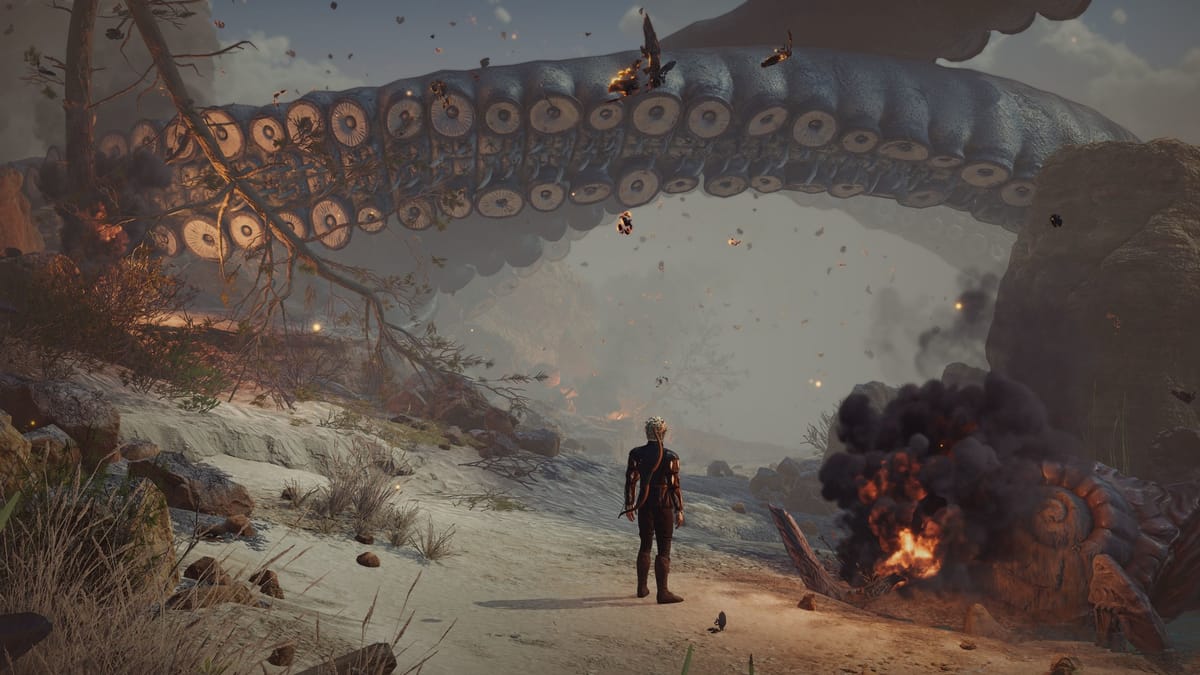
What’s up, gay gamer nation? For this iteration of …Or How I Learned to Stop Caring, I present short reviews of my top 5 games of 2023, along with an honorable mention. This is a more informal look at the best games I played this year. I’m momentarily breaking away from the regular formula of critically dissecting games for cultural conversation, as I found the piece I’m currently writing to be more of a behemoth than initially thought. Rather than leave the substack deserted for two months, I want to strictly abide by my “at least one article a month” rule, so I am releasing this amouse-bouche roundup of 2023 games.
I’m considering breaking away from the formula occasionally, via shorter articles on months in which life catches up to me, or more free-form and experimental essays, perhaps even some posts that don’t invoke writing at all. More essays on gaming, culture and the lessons learned along the way will be coming next year, regardless. I wanted to thank everyone who has taken time out of their days to read this publication. My family, friends, subscribers, supporters and critics. I am honored you have chosen to rest your weary eyes on these words.
An Honorable Mention…Or How I Learned To Stop Caring and Write About the Dragon Again.
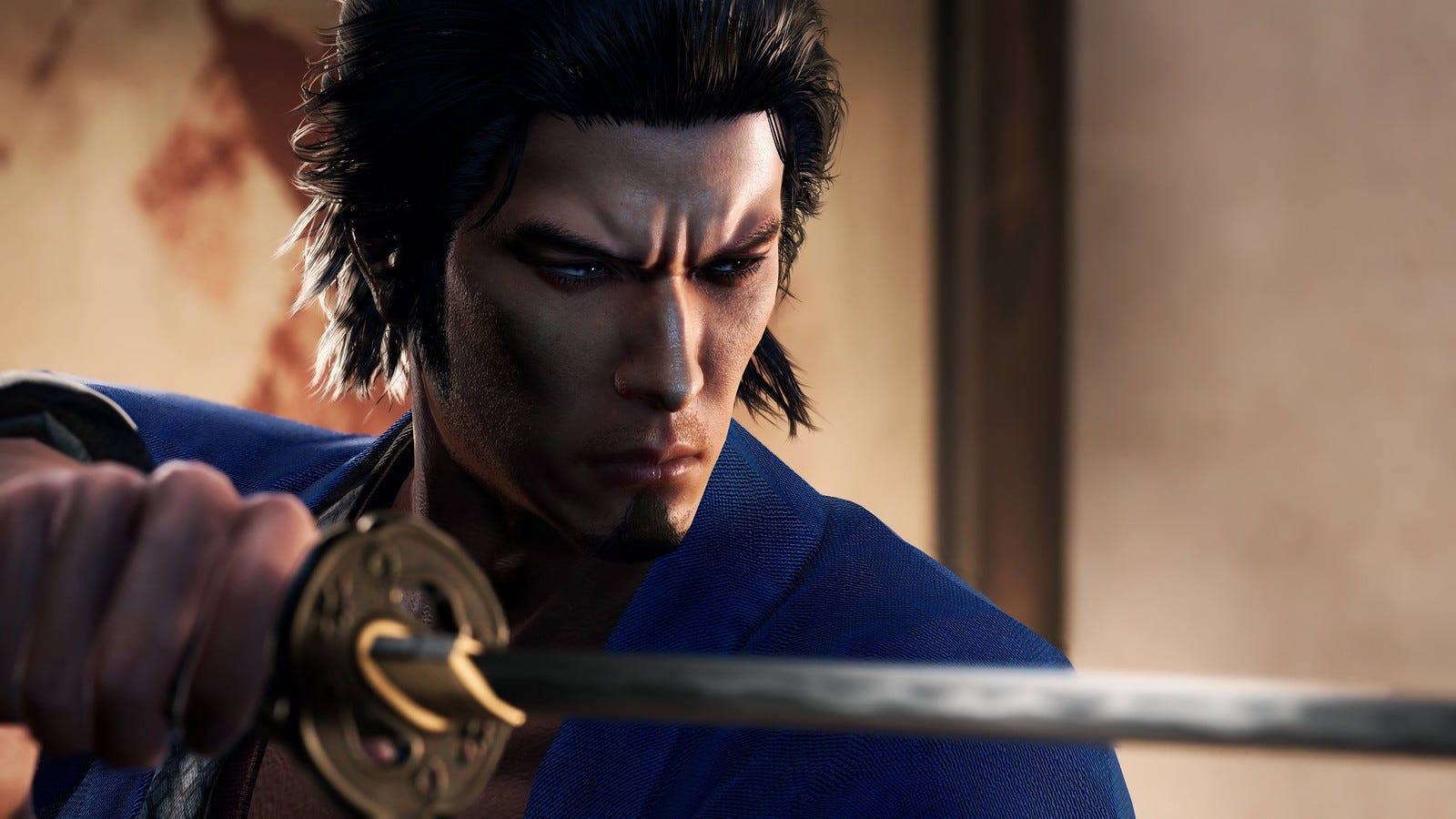
I’ve written plenty about my beloved Yakuza, and this year brought us two more installments of the stylish series. The first offer was a remake of Ryū ga Gotoku Ishin!, previously unreleased in the West, where Kiryu and other fan favorites portray real, historical figures navigating the politically tense Bakumatsu period of mid-1800s Japan.
Re-imagined in the Unreal Engine, Like A Dragon: Ishin! has all the trappings of the classic beat-em-ups. Rather than duking it out in bare-knuckle brawls on the rugged streets of Kamurocho, you fend off ruffians and ronins in katana duels and revolver showdowns among the lantern-lit dirt roads of late Edo period Kyoto. The cartoonish violence and stylish sword “heat actions” are particularly brutal and bloody this go-around, and with its comedic undertones, ridiculously convoluted story, and diatribes about honor and justice, Ishin! remains true to the heart and soul of a Yakuza game.
The switch to a historical setting does wonders at revitalizing the classic Yakuza formula. I joyfully danced shibu, backed by a melding soundtrack of traditional shamisen riffs and funky bass lines. Golf and arcades are replaced with a fast-paced udon-making minigame — but don’t worry: karaoke is safe and sound.
Instead of a crime drama, we engage in a historical melodrama about stolen identities, brotherhood, rebellion, nationalism, honor, and the start of an empire. It is a story of personal vengeance and redemption, and it ends with series protagonist Kazuma Kiryu, portraying real-life Shinsengumi captain Saito Hajime, aiding the birth of the Meiji Restoration. It’s balls-to-the-walls insane — historical accuracy is abandoned for the sake of goofiness and shocking twists. It’s a wonderful Yakuza-flavored samurai epic.
I, with great heartbreak, found the following Yakuza 2023 release, Like a Dragon Gaiden: The Man Who Erased His Name, a bit middling by comparison. The plot was a bit stale, more reserved and tame than other series entries despite dealing with secret agencies, CIA connections and personal threats to Kiryu’s chosen family of orphans. Yet, it failed to enthrall me. Kiryu still acts with his usual, unshakable moral code, remaining an interesting character and a positive portrayal of masculinity, but after 7+ games in the spotlight, I believe my man needs to retire. Gaiden felt like more of the same street fights I’ve already fought hundreds if not thousands of times, with a more obvious and defined grind. The gameplay was more refined, yes, the combos tighter, the Coliseum an absolute joy, but the encompassing atmosphere and story didn’t do it for me.
By comparison, Ishin! felt fresh and engrossing, despite it being a remake of a decade-old game. It makes me think that RGG Studio should continue experimenting with genre and setting, rather than sticking with third-person brawling in modern-day Tokyo. I don’t know how many more of those games I have in me.
While it didn’t quite make the top 5, I still recommend Ishin! as a particularly strong entry in the series, and a darn good starting point for newcomers, especially if you are interested in Japanese history and culture. If you’re not…just don’t embarrass yourself by stating Saito Hajime and Sakamoto Ryoma were the same person…
Trepang To The Power of Two…or How I Learned to Stop Caring and Enjoy The Mayhem.
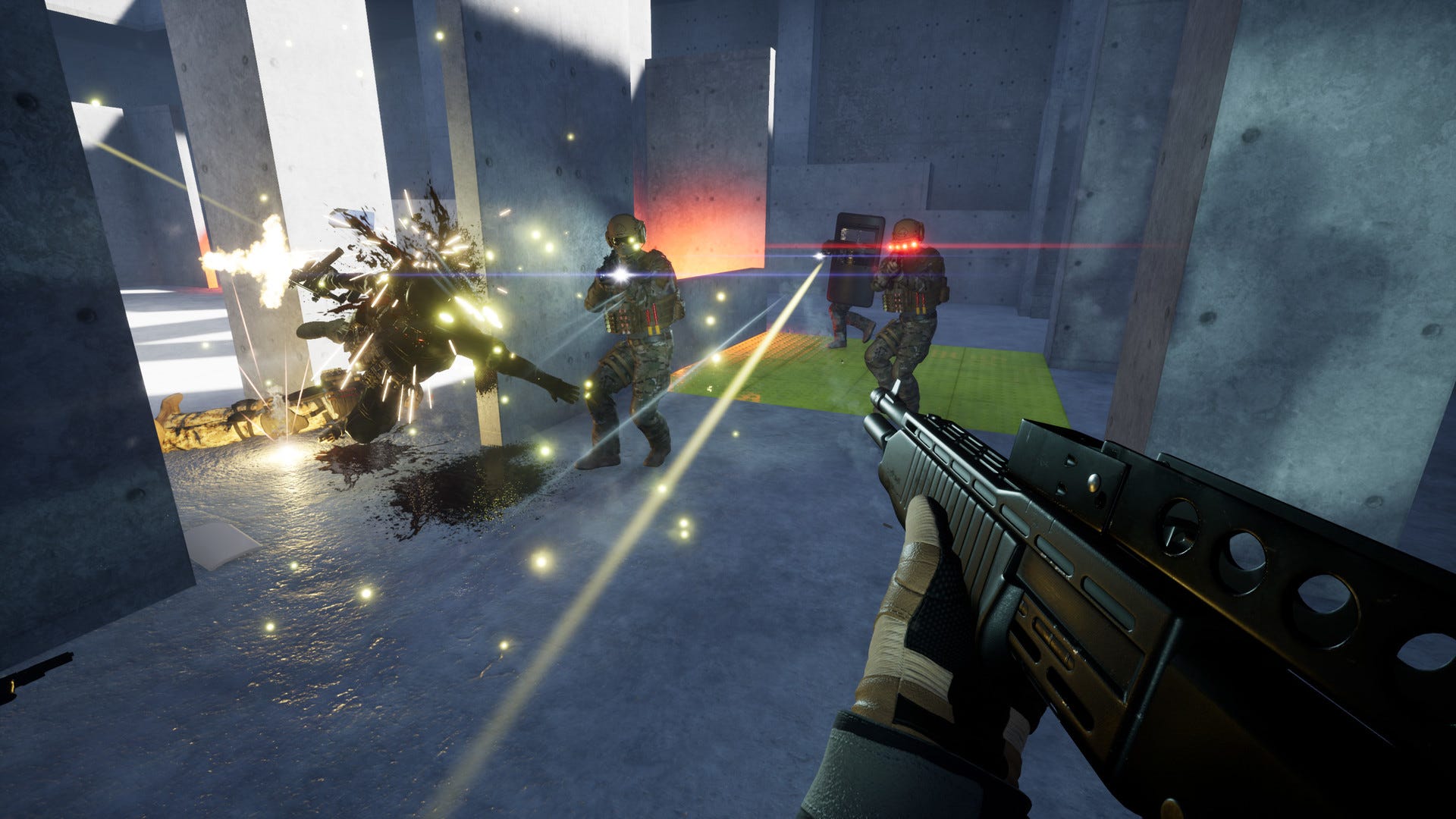
F.E.A.R. is a certified classic. A tactical shooter sprinkled with paranormal seasoning, topped with a generous layer of bullet-time, it is highly praised for its level design, ingenious AI and stylish slow-mo action. It remains one of my favorite shooters to this day.
Trepang2 contains the F.E.A.R. DNA through and through, but cranks the “high-octane action dial” up to eleven. In this first-person shooter, you slide, shoot and mow your way through seemingly endless hordes of military-garbed henchmen, cult grunts( and the occasional Mothman or paranormal entity). With a vast and varied gun arsenal, and an impressive increase in mobility, Trepang2 shapes its own identity as the wilder, crazier, cousin of the F.E.A.R. family.
Bullet time is still a bloody delight, it’s aided by the sheer amount of options you have in your violent engagements. I found macabre pleasure when I slid into an enemy and knocked him off his feet, slowed down time, grabbed him mid-air, and used him as a meat-shield as I riddled his colleagues with bullets. I finished this bloody gunfire symphony by snapping his neck. Like a devilish prankster, you can strap a grenade onto a grabbed enemy and throw him ragdoll-style into an enemy group. Or just keep it classy and drop-kick his ass. It’s very self-indulgent. A game of booms, bangs, flashes, gibs and blood splatters, it was so visually stimulating and action-packed, I found it hard to play more than one mission per sitting, not to its detriment.
I feel it still falls short in comparison to its spiritual predecessor. What a lot of people misunderstand about F.E.A.R. is that it isn’t some genius display of enemy AI programming. F.E.A.R.’s enemy grunts seemed smart at the time because the AI and level design are symbiotic gameplay elements. The enemy grunts knock down tables for cover, vault over chairs in chase, they keep you pinned with suppressive power as others crawl underneath desks to flank you. This level of brilliant design is missing from Trepang2, but it more than makes up for it by injecting some extra *oomph!* into an already successful formula.
I had a lot of fun with this brief game, but I can’t recommend it unless you’re a big fan of F.E.A.R. or hyperviolent shooters.
It’s Pizza Time!…Or How I Learned To Stop Caring and Move Like Butter
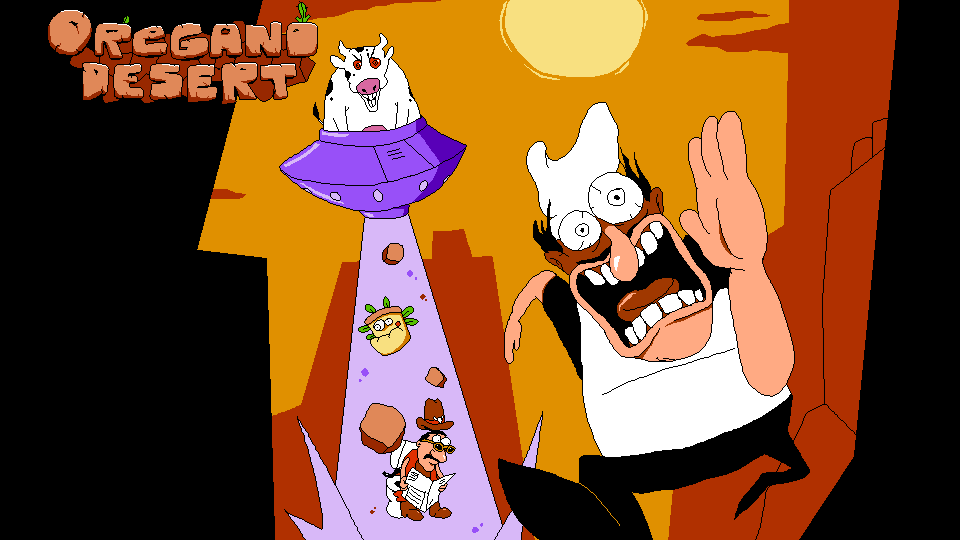
Pizza Tower is a game about mom-and-pop stores getting trampled by the chain-store model; how capitalism actively disenfranchises working class people. Poor old Peppino has to rumble and tumble his way through a menacing tower, or else the evil Pizza Face will blow up his humble pizzeria with a giant laser.
Peppino controls like a greasy meatball in this speedy platformer from Tour de Pizza, where collectibles are toppings and the objective is to make it to the end of each stage as fast as you can…and then run back to the start before time runs out.
Its unique MS Paint art style adds a beautiful tint of originality and cartoonish style. Peppino himself is generously animated, with a whopping 5245 sprites composing his motion portfolio. I adored his exaggerated expressions on the “Live Reaction” screen in the corner. I appreciated the chef’s portrayal as a chronically anxious wreck one bad day away from having a mental breakdown. Very relatable and realistic portrayal of Italians.
Each stage manages to stay unique with original themes: from oregano deserts to snowy landscapes and war-torn battlefields. The game switches it up with whimsical boss fights, character swaps and game mechanics unique to each stage, making each level a wonderful surprise, each floor blooms with flavor and originality. I recall rodent-riding through elvish houses, grinding down handrails on a skateboard and even some harrowing holes of golf.
It is the run-back to the beginning that forever etched the words “It’s Pizza Time!” as a dread sentence in the tablets of my mind. I do not wish to recount the horrors: you must play it yourself to see what matter of monster chases after you. The game will test you on your timing and quick platforming, the challenge to clear stages with S and P (for Pizza) ranks are deliciously brutal. A must-play for fans of the Wario Land games and 90’s cartoons.
Maximum Indulgence…Or How I Learned to Stop Caring and Crown Turbo Overkill the best boomer-shooter of 2023.
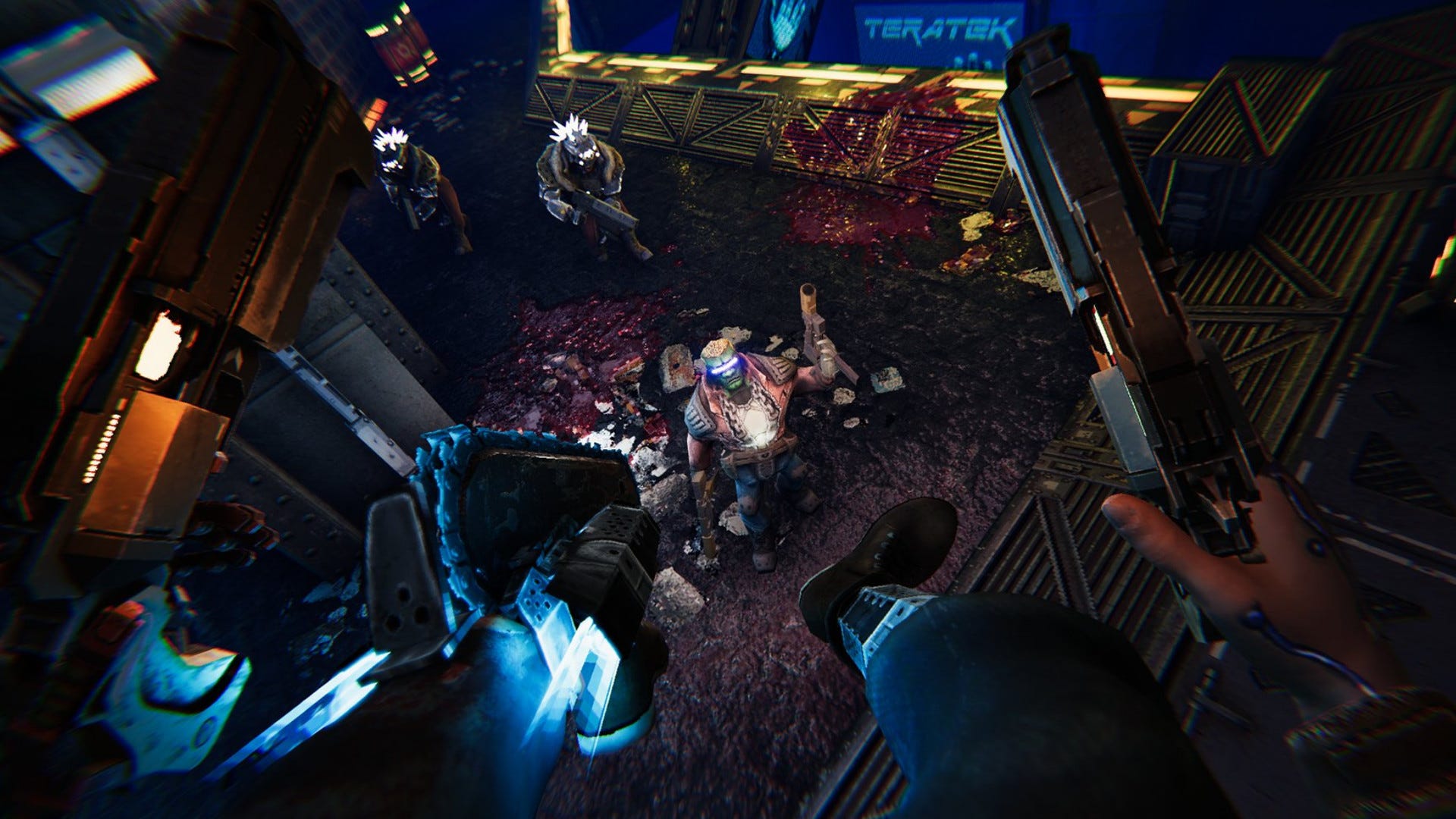
Turbo Overkill is a game deserving of its title. It chainsawed its way to the front of the line as the best boomer-shooter of the year. You play as Johnny Turbo, a merc with a chainsaw leg, tasked with cleaning up the neon-lit city of Paradise from a deadly super AI and thousands upon thousands of mind-controlled cyberpunks.
My friend Pao wrote a beautiful article for Game Informer, where she assigns boomer shooters 3 necessary qualities:
- a devotional love of the shotgun
- an unforgiving need for speed
- an archaeologist’s fetish for secrets
Turbo doesn’t just pass this litmus test: It (over)kills it.
Do we have shotguns? With a burning passion we do, two different shotties with upgradeable alt-fires. The super shotgun doubles as a grenade launcher, while the regular pump-action can release a charged electrical shot which can stun and kill large groups of enemies. What’s neat about the charged shot is that it has specific uses: some enemies are immune to the static shock, whereas a well-placed shot to an enemy’s energy shield will cause a quick explosion that disintegrates all nearby enemies. This is a gameplay facet shared by all of Turbo Overkill’s weapons: they all have specific uses and drawbacks. While in other boomer shooters, the pistol is immediately abandoned upon procuring higher grade firearms, the starting pistol in Overkill was useful all the way to the end-game. I had a lot of fun lining up auto-headshots!
What about mobility and speed? Well, Johnny moves as quickly as any boom-shooter protagonist, but he’s got a grappling hook under his sleeve, magnetic boots that allow wall-running (leading to some gratifying Ghostrunner-like parkour action), and of course: chainsaws for limbs. My absolute favorite thing in this game was sliding down narrow hallways, and witnessing the leg-chainsaw eviscerate enemies until nothing is left but red mist. If that’s not enough, some levels allow you to operate Johnny’s machine-gun-fitted flying smartcar, which opens up the levels into vast vistas of skyscrapers hidden under fog and smog.
Secrets? Yep: and a feverish desire to find them all. From upgrade materials to lore tapes, this game will have you vaulting, grappling and jumping into seemingly inaccessible areas to find these well-hidden collectibles.
If there’s one downfall to this great shooter, is that it almost overstays its welcome. Whenever it was starting to bore me, however, it would present me with some new traversal mechanic or throw me into a room with interesting enemy combinations. Just when I thought I was out, it pulled me back in.
At the end of the day: I am a simple woman. I love me boom and I love me shoot. And by God, do I love Turbo Overkill.
Comfortably Wrapped…Or How I Learned to Stop caring and Overcome Insectophobia.
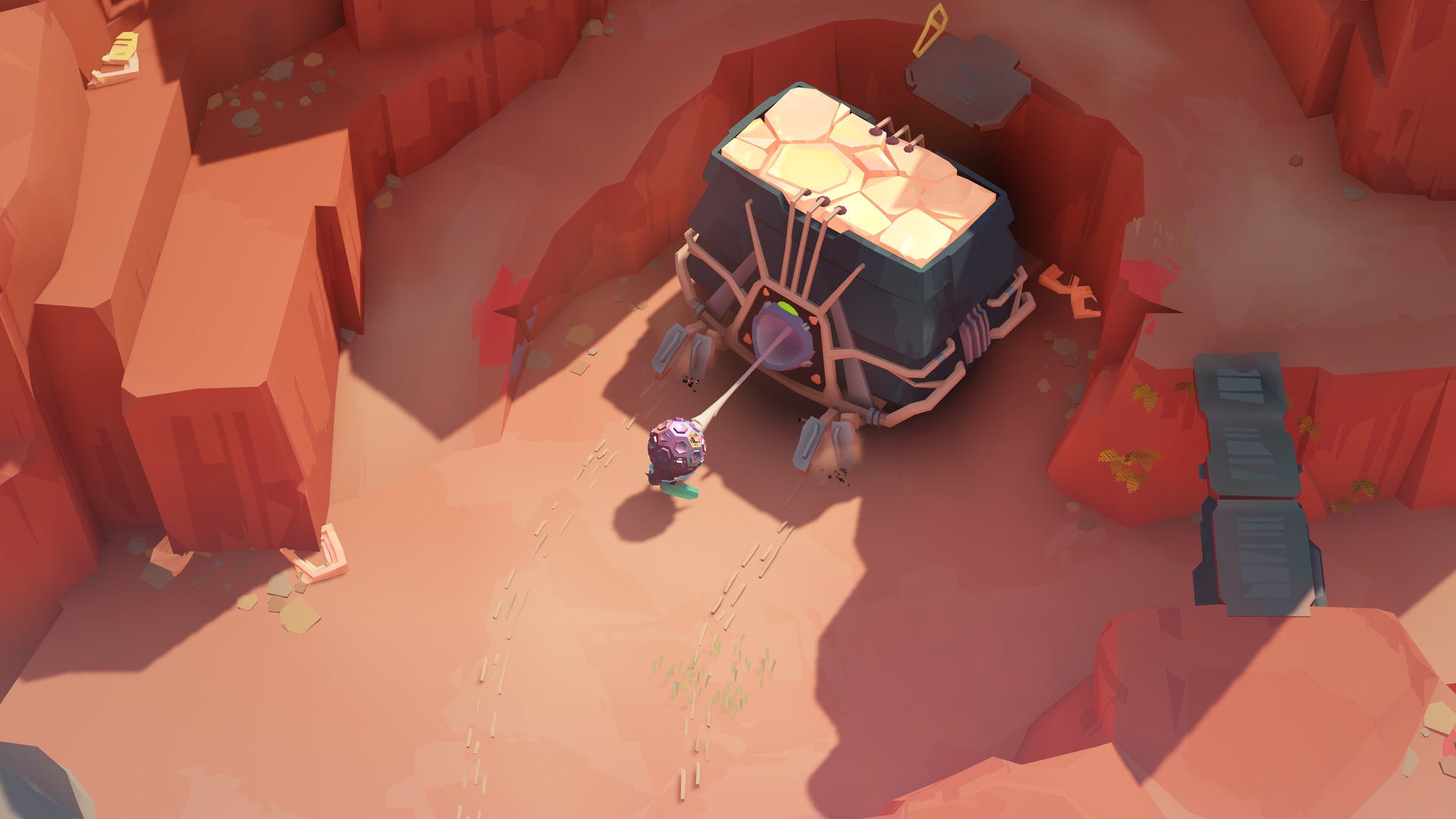
Cocoon is a dazzling, planet-romping, puzzler delight. Directed by Jeppe Carlsen, former Playdead gameplay designer, you control a small bug as you attempt to solve mind-bending, orb-travelling puzzles through strange, yet familiar, landscapes. From mechanical mountains, colorful swamps and lung-like passageways, the vast vistas have a way of making you feel magnificently infinitesimal.
You traverse worlds within worlds, orbs inside orbs, granted with power from the spheres. One acts a lamp in the darkness, illuminating invisible passageways, another materializes pillars in and out of physicality, and the last orb is a straight-up laser gun. Some puzzles require you to think about how all these worlds can fit together.
A masterclass of world-building and subtle narrative through the use of pure gameplay, Cocoon is as comforting of a game as it is mysterious and expansive. The desires of the lil-bug-creature you control are secretive. As he defeats bigger insects to possess the worlds they once claimed ownership of, you realize this is not purely a quest of liberation, but one of ascension.
It’s intuitive control scheme and ease of gameplay, bolstered by a consistent, yet varied and colorful aesthetic, makes it the one game I can recommend to everyone, even non-gamers. Even more so if you’ve enjoyed Playdead’s Inside and Limbo.
GOTY 2023…Or How I Learned To Stop Caring and Follow the Herd
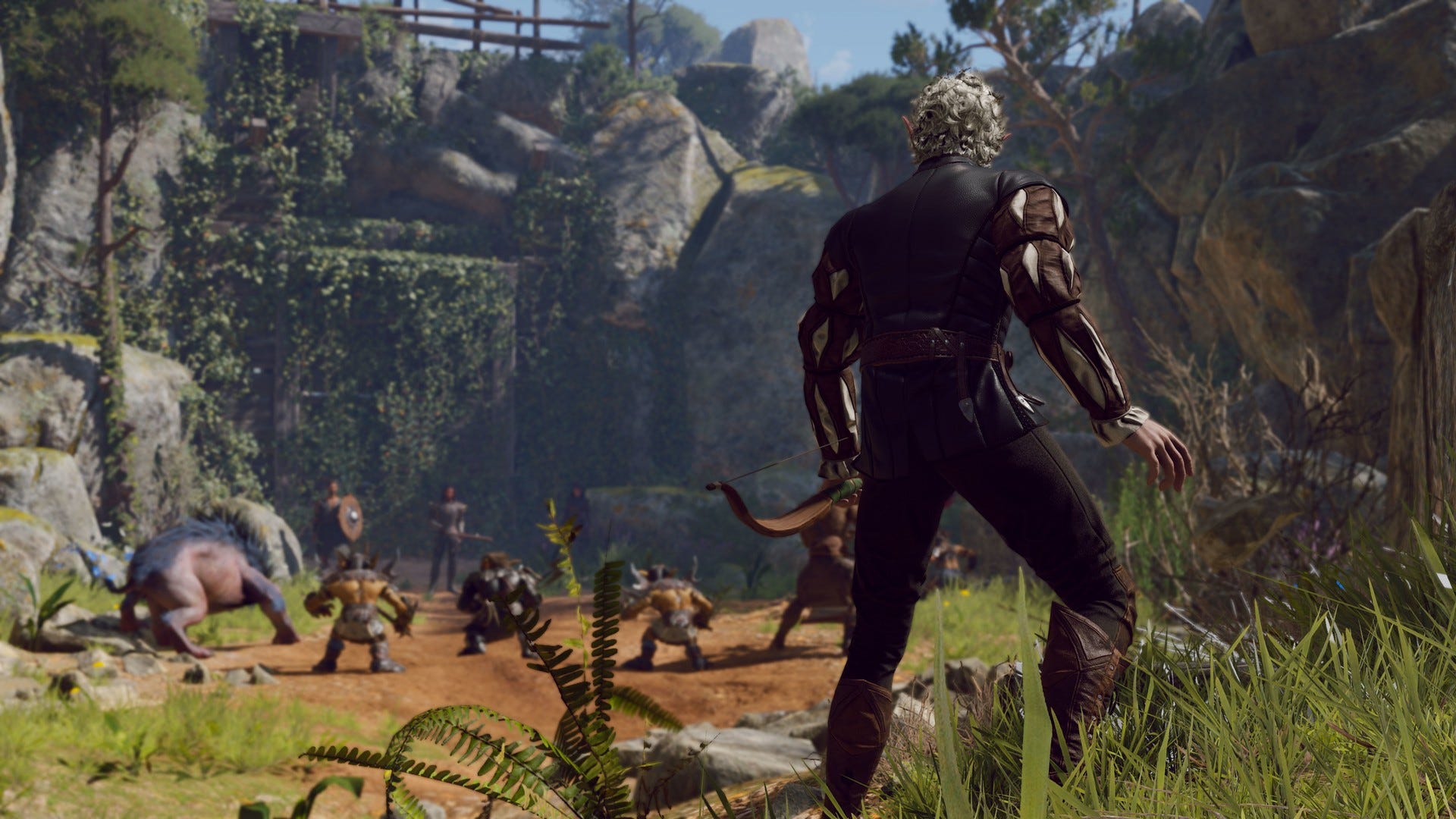
I underestimated Baldur’s Gate 3. I thought it would only appeal to DnD nerds and CRPG geeks. What Larian Studios accomplished was out of this world: this vast, turn-based, role-playing game, where dice rolls determine your fate, appealed to everyone. It was released with an impressive amount of polish, and the continuous developer support is a wonderful sight to behold.
You create and customize your character, choosing its class and appearance, and jump into the fantastical lands of Faerûn on an epic adventure to liberate yourself from a mind parasite, slowly uncovering a conspiracy that could unravel the very Gods themselves.
The story and writing are excellent. Every single voice line has incredible delivery, even the one-off NPC dialogues. It’s aided by the expressive motion capture. It’s as though you’re engaging with a living, breathing world, each conversation full of unique and quirky personalities. It is one of the few RPGs that actually allows you to “play a role”, allowing you to confront each obstacle and conversation however you damn please.
As with its predecessors, Baldur’s Gate 3 is the best way to experience single-player Dungeons and Dragons. Outside of engaging with the world and conversing with the populace, combat follows the turn-based formula of Larian’s previous games, the Divinity: Original Sin series, albeit re-imagined to fit in with the DnD 5th edition rules. It’s a game that rewards creative thinking: if you are underleveled or having problems with a fight, simply re-examine your approach, or wander off somewhere else — there is no shortage of quests and fabulous locales to explore.
It’s a game that’s going to be featured quite heavily in my next article, so I’ll reserve some of my opinions for next year. As a longtime Larian Studios fan, I’m very happy to see them find mainstream success in the oppressive videogame market. Larian shows us how effective developers can be when engaging their audience correctly — how gamers can be active members of a game’s development. I am very excited to see what will follow in their wake, and I hereby crown Baldur’s Gate 3 as my personal Game of the Year for 2023.





